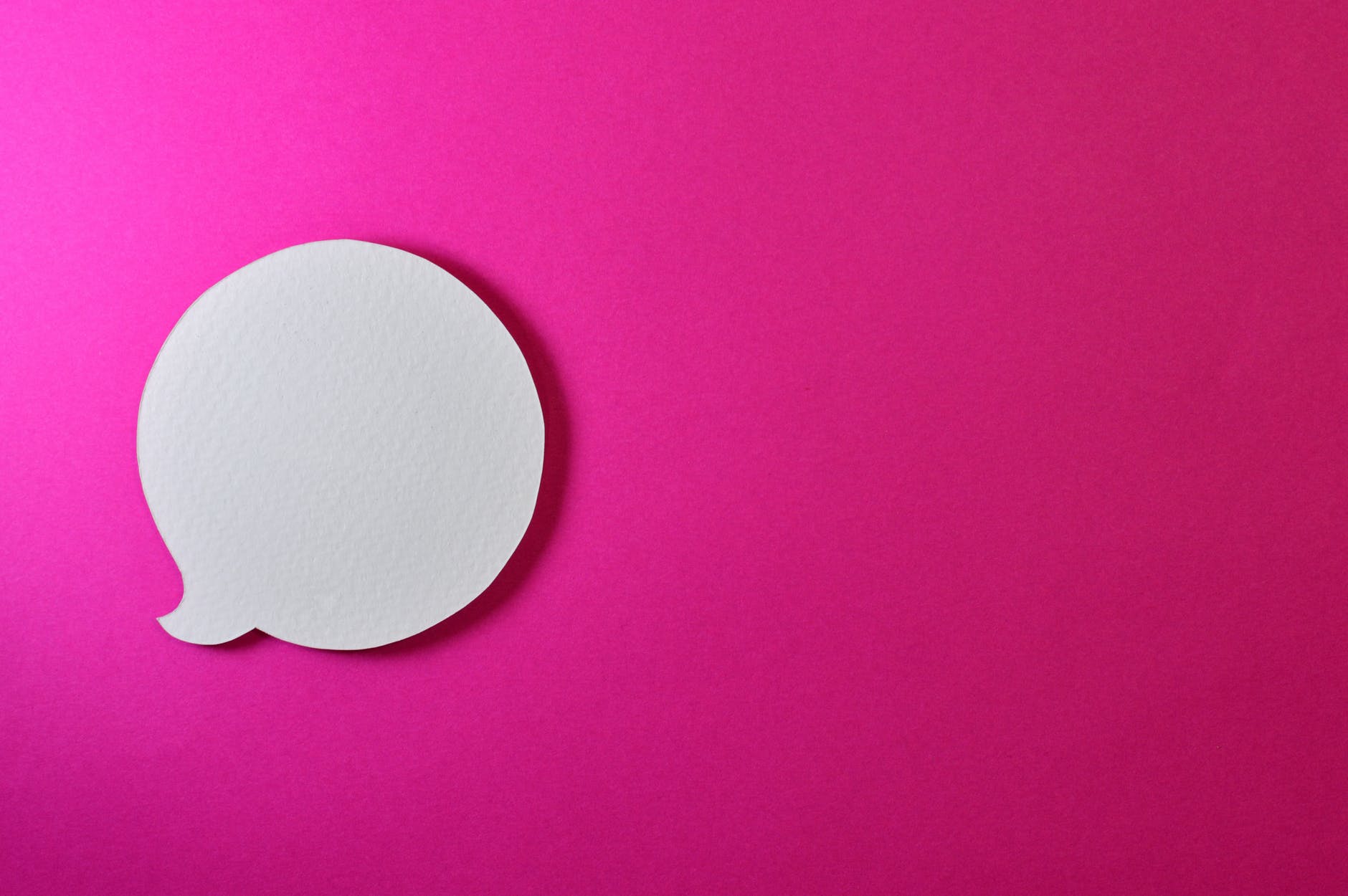“If the spending was a human being; It would be a woman...”
This phrase does not carry any derogation from women!
Let us first touch on a crystal clear fact, which is that the responsibilities of a woman outweigh the responsibilities of a man. The woman is responsible for the home, the family, the children, and the elderly at times, so it is not surprising that she is the decision-maker in many purchases, and this is the reason For why the term “pink marketing” or “marketing to women” appeared.
Statistics indicate results confirming women's control over spending, as the share of women in commodity purchases ranges between 70: and 80%, making them a huge purchasing power that exceeds their population representation in society, which is nearly half.
Contrary to the common stereotype that women are obsessed with purchasing recreational goods such as cosmetics and clothes, the statistics showed that women have the largest share in the purchases of many important commodities such as homes, computers, health care, cars, banking services, food, and travel.
What is pink marketing?

Pink marketing or marketing to women is marketing that targets women as a buyer, and thus is concerned with understanding their way of thinking, meeting their needs, and addressing them in their own language.
And a little while ago; A funny picture was circulated on social media showing a man opening a book of several thousand pages with the caption “A book on how to understand women”!
Far from exaggerations and sarcasm, women are nothing but a human being who has problems, needs, and desires that are easy to identify with some research and study.
Before we continue talking about pink marketing; It is important to point out that “pink marketing” has no share in its name!
Pink marketing does not mean focusing on the use of pink in marketing products that target women, but on the contrary, as will be seen; Pink is only one of the dozens of colors when marketed to women.
Why should you care about pink marketing?
Women represent multiple consumer segments X one segment, they make purchases on behalf of their family members and also extended family members who are fathers and in-laws, moreover, the name on the credit card or purchase invoice does not tell the whole story, the man is not necessarily the decision maker Even if he made the purchase himself, as the woman has the right to veto him at any time unless she is satisfied with the purchase. In short, it can be said that the woman plays the role of “guardian” for her family’s expenses.
It imposes the presence of women as a major purchasing power in consumer markets in all its sectors. Conduct careful research on her needs before launching any marketing campaign targeting her, as 91% of women believe that advertisers do not understand them.
This careful research should address the innate needs of women, such as a sense of beauty and motherhood, and go beyond these innate needs to other needs outside the scope of the "biological type".
For example; It is not useful to look at women's needs as "only" representing the opposite of men's needs. Women are human beings in addition to their interest in beauty and motherhood, for example. In light of the cultural transformations taking place in societies; She also became interested in achieving success and achieving security on her own.
Here are two examples that show how to bypass the “biological gender” trap that some marketers fall into when marketing to women:
- Example of promoting a car: When promoting a new model of one of the car brands, the marketing message directed to women doesn't need to focus only on bright colors or small sizes, but the marketing message may include advantages such as smooth driving that helps women to accomplish their work in At the right time and the built-in equipment that ensures the safety of children, allowing her to accompany her children while driving.
- An example of promoting clothes: Fashion marketing campaigns usually focus on wearing these clothes that will make women more elegant and beautiful, but other things can be added, such as the quality of the soft cotton fabric on the skin, or the cut of the dress that gives a feeling of comfort when wearing it.
And on the biography of the “cultural transformations” that societies are going through; It is worth noting here some important demographic facts that affect the consumption pattern of women:
- The number of working women is increasing.
- The age of marriage is now greater than before.
- Women are having fewer children than ever before.
How to market to women
Whether you're launching your first marketing campaign targeting women, or making improvements to existing marketing campaigns, there are a few important things to keep in mind when marketing to women:
1. Speak in a positive tone
Statistics indicate that a woman's purchase probability doubles after seeing an ad that carries an encouraging tone, and 80% of women interact with the ad by liking, sharing, and commenting.
For example, using positive models of women portraying them as “energetic,” “strong,” or “beautiful” is better than using negative models portraying women as “weak” or “insecure.”
Although provoking a negative feeling such as fear, for example, is an easy way to persuade the audience to buy, the results of this appear in the short term only, but if your product provides a solution to one of the problems that women face, it is better to focus on the positive side to obtain results long term.
2. Be humble in your marketing message
If your products target both sexes, men and women, be careful not to inadvertently leak into your marketing messages for women your sense of superiority, for example, the Nike sportswear company used to talk about its products in the masculine language (Just Do It), and when it decided to add women as a consumer segment New, tried to understand how women are also interested in sports and presented women's sports shoes of high quality and feminine shape at the same time. Perhaps the wrong practice here, which Nike did not do, is to introduce traditional flat or high-heeled women's shoes, by the principle that only men are interested in exercising.

Humility takes another form, which is to stop repeating the resounding “feminist slogans” of empowering women at work or otherwise, and to apply them practically and talk about them as a natural matter and not an exceptional effort that they make.
However, the more modest you are with women in your marketing message, the more women will see that your ads are trendy.
3. Don't try to trick her
in life in general; Women have an innate intelligence, which some call a “sixth sense,” which helps them uncover some ambiguous matters, including the extent of a man’s loyalty. When buying, women do not betray their innate intelligence, as they can easily differentiate between a good product and a bad product, because they search well before making a purchase decision and it takes time. This is why statistics show that 94% of women between the ages of 15 and 35 spend more than an hour a day shopping online.
In addition to the above, it is customary for a woman to seek the opinion of other women based on their personal experience before deciding to buy the product or not.
Therefore, be sure, to be honest in your ads using real information about your products, and do not try to deceive them through marketing by giving them false promises so that the magic does not turn against the magician, and angry customers shower you with a barrage of bad reviews that warn others of your products.
4. Focus on design and ease of use
You don't need to do separate marketing specifically for women if you focus on good design and ease of use. Apple is a great example of this. Its global appeal as a successful brand is mainly derived from beautiful designs, colors, and ease of use that attract women and men alike.
5. Communicate well with the woman
In her book “Marketing to Women,” the American writer “Marty Barletta” warned male sellers, saying that “a woman nodding her head does not mean that she agrees with you, but she may nod her head while she is still thinking about it.” With aggressiveness and rudeness, she warned that when a woman purchases a product, she is not only looking to complete the purchase process but is also interested in human communication, so pink marketing efforts should include gently communicating with women, whether through various marketing means or through customer service, to ensure that Establishing good relationships with customers that make them more loyal to the brand.
6. Don't fall into the trap of profiling
It is not right to look at women - as a consumer segment - with a stereotypical view that molds all women into one template in terms of personal interests and ambitions, for example:
- Not all girls like watching TV series, but some of them like achieving personal achievements, such as excelling in studies and work.
- Not all mothers feel frustrated by the responsibilities they take on, but some are optimistic, ambitious, and energetic.
- Not all grandmothers want to spend the spring of their lives knitting winter clothes, but some of them are looking for vitality and a youthful spirit that lasts.
Focusing on just one type of woman in your ads risks alienating other types, so marketing messages should address women without limiting them to a particular stereotype.
7. Give real women some spotlight
In 2004, the Dove cosmetics company started an advertising campaign entitled “Dove's Real Beauty”, during which it used older women and their weight, and the essence of the campaign focused on the idea that real women are beautiful in reality, and this campaign achieved great popularity among women as a result of their feeling that the advertisements It became more representative of women and sent a positive message of respect for women. This unique advertising campaign changed the face of the beauty advertising industry and established an advertising trend that can be learned from. It highlights the beauty of women of all ages, weights, and colors, and does not focus on narrow beauty standards that are difficult to reach.

Image source: Campaign US
8. Think beyond pink, flowers, and babies
Most women love this trio, there is no doubt about that, but previous advertising campaigns have used these three hues enough, and focusing only on them in your advertising campaigns represents intellectual bankruptcy and gives the impression that you have not made any effort at all, for example, women love colors in general, such as red-black, purple, blue, orange and more, so think of pink, flowers and babies as just one of many other tools you can use in pink marketing.
9. Hire the women on the marketing team
Men often dominate the creative jobs in the advertising industry, but the use of women in marketing teams helps to have a greater understanding of women's needs and problems and to reach the appropriate tone to address them in marketing, and it is not necessary for the pink marketing team to be limited to women only, as the presence of men within the team improves performance It reveals some blind spots that marketers may miss.
Conclusion
The dominance of women in the consumer market has made pink marketing one of the important future trends in marketing, even if it is late in paying attention to it. Others may rush and precede you in reaching this important consumer segment, so ignore it at your own risk!


